Are you considering giving your leather sofa a fresh new look? Dyeing a leather sofa can be a transformative process, but it’s crucial to understand the types of leather, factors to consider before dyeing, the dyeing process itself, and alternatives available.
In this comprehensive guide, we’ll explore everything you need to know about dyeing a leather sofa, including the types of leather, factors to consider, step-by-step dyeing process, and alternative methods. Whether you’re looking to refresh the color of your sofa or seeking maintenance tips for a dyed leather sofa, this article has got you covered. Let’s delve into the world of leather dyeing and discover the possibilities for your beloved sofa.
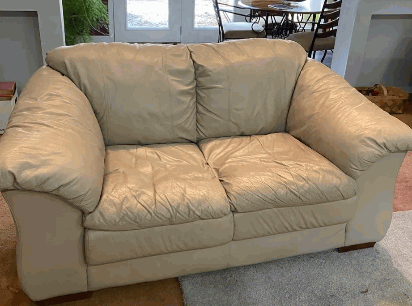
Can You Dye A Leather Sofa?
Dyeing a leather sofa is a feasible option for those looking to refresh or change the color of their upholstery.
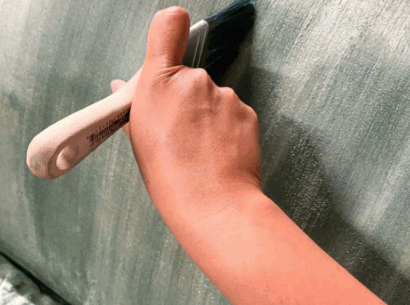
What Are The Types Of Leather?
Leather comes in various types, each with distinct characteristics and uses, including aniline leather, semi-aniline leather, pigmented leather, and bonded leather.
Aniline leather is highly coveted for its natural appearance as it retains the hide’s original scars and marks. Its quality lies in its soft, supple texture, allowing for a comfortable feel.
On the other hand, semi-aniline leather provides a balance between natural aesthetics and durability due to a light protective coating. Pigmented leather is known for its enhanced durability and resistance to wear and tear, making it suitable for high-traffic areas. Bonded leather, comprising recycled leather scraps, is cost-effective and can be dyed in a variety of colors to suit different design schemes.
Learn more: How To Dye Leather Table Top
Aniline Leather
Aniline leather is a type of leather dyed exclusively with soluble dyes, allowing the natural beauty of the hide to shine through.
This type of leather is prized for its soft, luxurious feel and natural look, as the dye penetrates the leather, highlighting its unique grain patterns and markings. Color options for aniline leather are diverse, with rich, deep tones and a wide range of hues available. The colorfastness of aniline leather is excellent, as the dyes are absorbed deeply into the leather fibers, retaining their vibrancy over time. To maintain aniline leather, natural dyes, and leather conditioners can be used to rejuvenate the color and keep the leather supple and lustrous.
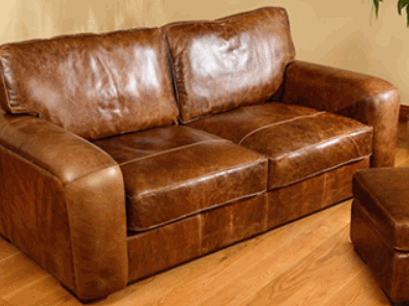
Semi-Aniline Leather
Semi-aniline leather is treated with a small amount of pigment, often using synthetic dyes, while still retaining the natural look and feel of the hide.
This type of leather combines the luxurious appearance and texture of full-aniline leather with the practicality of pigmented leather. The use of synthetic dyes allows for a wide range of colors to be achieved, enhancing the leather’s visual appeal. Semi-aniline leather is more resistant to stains and fading than full-aniline leather, making it a popular choice for furniture and automotive upholstery.
In case of minor color fading or damage, semi-aniline leather can often be restored through professional leather repair and color restoration services.
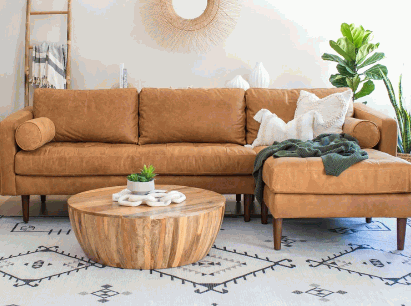
Pigmented Leather
Pigmented leather is coated with a layer of pigment, providing excellent colorfastness and resistance to wear, often requiring specific leather care products for maintenance.
This type of leather is known for its uniform appearance and durability, making it a popular choice for furniture, car interiors, and accessories. The pigment layer helps protect the leather from fading and staining, enhancing its longevity.
To maintain pigmented leather, using specialized leather care products is crucial as they are formulated to gently clean and condition the leather without affecting the pigment layer. It’s important to follow manufacturer guidelines for leather maintenance and avoid using harsh chemicals that may compromise the colorfastness and overall quality of pigmented leather.
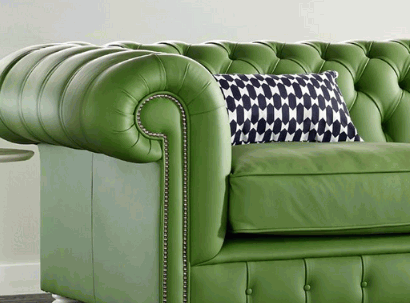
Bonded Leather
Bonded leather is made from leather scraps and fibers bonded together with latex or polyurethane, often used in the production of leather goods and may not be suitable for dyeing with fabric dye.
The composition of bonded leather allows for a more affordable option in leather goods production, as the process utilizes leather scraps and fibers that would otherwise go to waste. Due to the presence of synthetic bonding agents, achieving a consistent and lasting color change through traditional fabric dyeing methods can be challenging. The porous nature of bonded leather can also pose difficulties in ensuring uniform color absorption, leading to potential inconsistencies in the dyeing process.
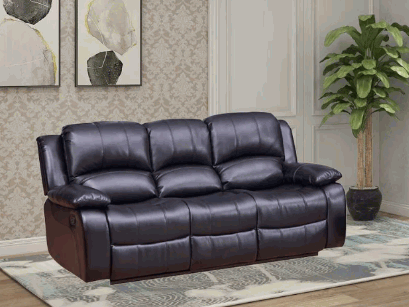
What Are The Factors To Consider Before Dyeing A Leather Sofa?
Several crucial factors should be taken into account before embarking on the process of dyeing a leather sofa, including the type of leather, current condition, existing color, and the dyeing process.
The material of the leather sofa plays a pivotal role in determining the success of the dyeing process. Different types of leather, such as aniline, semi-aniline, or pigmented, require specific dyeing techniques to ensure quality and long-term color preservation.
It is essential to consider the color restoration aspect, choosing a dye that seamlessly blends with the existing shade or opting for a completely new color scheme. Understanding the dyeing process, whether it involves professional expertise or a DIY approach, is crucial for achieving the desired results without compromising the material’s integrity.
Type Of Leather
The type of leather used in the sofa dictates the suitability for dyeing, with different types requiring specific care and restoration methods.
For example, aniline leather, with its natural and soft texture, maybe more easily dyed due to its porous nature, while pigmented leather, with its protective coating, may require special preparation before the dyeing process. Understanding the characteristics of each leather type is crucial for ensuring successful dyeing results.
Tailored care and restoration based on specific leather types can help maintain the integrity and appearance of the leather, prolonging its lifespan and enhancing its aesthetic appeal.
Condition Of The Leather
Assessing the current condition of the leather, including any stains, wear, or previous treatments, is crucial to determining the viability of the dyeing process and the necessary maintenance and care instructions.
Understanding the leather’s condition allows for targeted maintenance, ensuring that it remains in optimal shape. Whether it’s for furniture, clothing, or accessories, regular assessment helps in identifying specific care requirements.
By integrating appropriate care instructions, such as using specialized leather cleaners or conditioners, the longevity and appearance of the leather can be preserved. This process also ensures that any imperfections are addressed, setting the foundation for an effective maintenance routine to enhance the leather’s durability and overall aesthetic appeal.
Color Of The Leather
The existing color of the leather sofa influences the dyeing process, with considerations for color matching or the desired color change playing a pivotal role in the decision-making process.
Before initiating the dyeing process, it is crucial to carefully assess the current color of the leather to determine the extent of color matching required. If the goal is to achieve a different color, various color options need to be explored, taking into account the original color and its potential impact on the final outcome. Deviations in the initial leather color may affect the subsequent dyeing procedure, necessitating adjustments to achieve the desired result. Successful color matching or alterations are contingent on a thorough understanding of the interplay between the existing color and the intended dyeing process.
Type Of Dye
Selecting the appropriate type of dye and understanding its application process is essential for achieving the desired color outcome while considering factors such as colorfastness and resistance to fade.
The choice of dye can significantly impact the longevity and vibrancy of the color, making it crucial to select dyes that are compatible with the fabric and application method. Careful consideration of dye application techniques, such as immersion dyeing or direct application, can also influence the final results.
Understanding the parameters for colorfastness and ensuring proper post-dye treatments can help to prevent issues like fading and color transfer, ultimately enhancing the quality and durability of the dyed material.
How To Dye A Leather Sofa?
Dyeing a leather sofa involves a series of steps and techniques, from preparation and cleaning to the actual dye application, with options for DIY approaches or professional services.
Once the sofa is cleaned and prepped, the dye can be brushed or sprayed onto the leather in multiple thin layers for even coverage. It’s important to choose a high-quality leather dye that matches the existing color or desired new shade.
DIY methods may include using sponge applicators or brushes, but for those seeking professional assistance, several reputable leather dyeing services offer expert application and color matching to ensure a flawless result. Regardless of the chosen approach, it’s crucial to follow the specific instructions and allow sufficient drying time for the dye to set properly.
Prepare The Sofa
Preparing the leather sofa for dyeing involves thorough treatment and revitalization to ensure an optimal surface for the dye application, including cleaning and potential revitalization techniques.
This process typically begins with a comprehensive cleaning to remove any dirt, oils, and stains that may have accumulated on the leather. Following this, a leather treatment is applied to nourish and condition the leather, helping to restore its suppleness and flexibility.
Revitalization methods such as using leather oil or balm can also be employed to rejuvenate the sofa, making it more receptive to the dye. These steps are crucial in preparing the leather surface to achieve a successful and long-lasting dye application.
Clean The Leather
Cleaning the leather is a critical stage in the dyeing process, requiring adherence to specific care guidelines and incorporating effective leather care tips for optimal results.
Thorough leather cleaning is essential not only for maintaining the appearance of leather but also for preserving its durability and longevity. By following a comprehensive leather care guide, individuals can ensure that their leather items are properly cleaned and maintained. It’s important to use suitable leather cleaners and conditioners, as well as to avoid harsh chemicals that can damage the material. Incorporating essential care tips such as regular dusting, using a microfiber cloth, and applying leather protectants can greatly contribute to effective leather care and preparation.
Apply The Dye
The application of the dye requires precision and customization to achieve the desired color outcome, often utilizing specialized leather colorants for the best results.
This process involves intricate steps, including the careful selection of the appropriate leather colorant to ensure a perfect match with the desired color. Customization is essential as it allows for the creation of unique, personalized hues that align with individual preferences.
The application technique plays a crucial role in achieving a seamless and long-lasting color refresh. By leveraging various dye application methods, such as airbrushing or hand application, craftsmen can achieve the specific color outcomes requested by clients, ensuring a durable and aesthetically pleasing result.
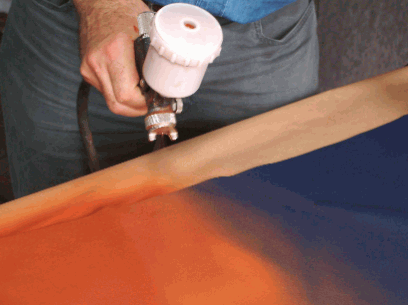
Buff And Seal The Leather
Buffing and sealing the dyed leather is essential to provide protection and ensure longevity, requiring adherence to specific maintenance and care routines for optimal color retention.
This post-dyeing process not only enhances the leather’s appearance but also creates a protective barrier against moisture, stains, and general wear and tear. Regular buffing helps maintain the leather’s natural sheen while sealing ensures that the color stays vibrant for an extended period. It’s crucial to incorporate leather care maintenance into your routine, such as gentle cleaning with a damp cloth and applying a leather conditioner to keep the material supple. These care instructions are instrumental in preserving the leather’s luster and preventing premature fading or damage.
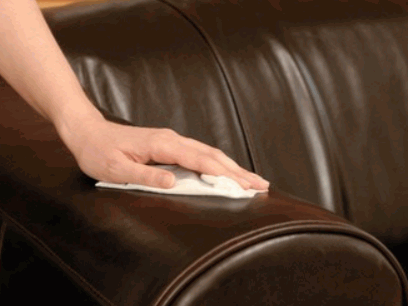
What Are The Alternatives To Dyeing A Leather Sofa?
While dyeing is a common method, there are alternative approaches to modify the color of a leather sofa, such as using leather paint or specialized dye pens for targeted touch-ups.
Leather paint offers a convenient way to transform the color of the leather surface without affecting its texture, providing a range of color choices and the ability to mix shades for a customized look. On the other hand, leather dye pens are suitable for precise application, making them perfect for small areas and intricate details. Both methods can breathe new life into worn or faded leather, offering a cost-effective solution for refurbishing furniture or restoring the natural beauty of leather goods.
Leather Paint
Utilizing leather paint offers a versatile approach to color restoration and customization, often appealing to enthusiasts of leather craft and refurbishing.
It provides a practical solution for reviving worn-out leather items or personalizing new ones, allowing individuals to express their creativity through unique color schemes and designs. Leather paint’s ability to restore vibrancy and richness to faded leather surfaces makes it an indispensable tool for those looking to rejuvenate their favorite leather possessions without investing in expensive replacements.
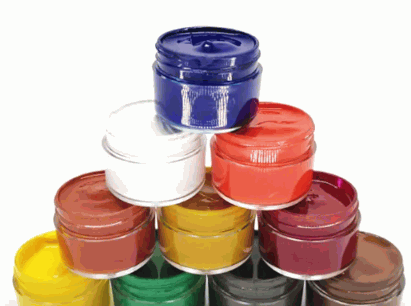
Leather Dye Pen
The use of a leather dye pen allows for targeted touch-ups and color refreshment, addressing minor fading or areas requiring precise color adjustments.
These innovative pens are particularly effective in reviving the vibrancy of leather goods, such as furniture, handbags, and clothing. Leather dye pens offer a convenient solution for maintaining the appearance of these items, especially in high-wear areas. By following proper leather dyeing techniques, users can achieve seamless results, restoring the original luster and richness of the leather.
The versatility of these pens enables users to blend and customize colors, ensuring a perfect match for any faded or worn areas.
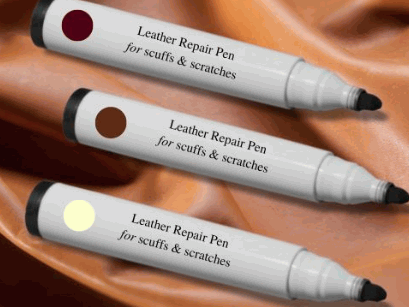
Leather Conditioner
Applying a quality leather conditioner can revitalize the leather’s appearance and ensure colorfastness, serving as an alternative approach to enhancing the sofa’s aesthetic without dyeing.
It helps in restoring the natural oils that may have been lost over time, preventing the leather from drying out and cracking. Regular use of leather conditioner forms a protective barrier against spills and stains, thus prolonging the life of your furniture. This simple step can be easily incorporated into your leather care routine, maintaining the suppleness and luster of your leather sofas, chairs, or other leather goods.
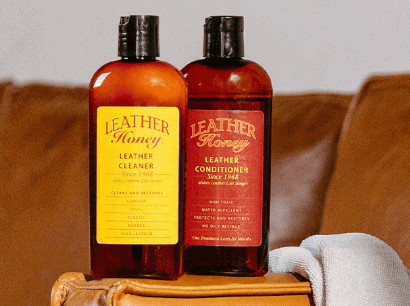
How To Maintain The Color Of A Dyed Leather Sofa?
Preserving the color of a dyed leather sofa requires adherence to specific care tips and maintenance routines, ensuring the longevity and vibrancy of the color.
Regularly dusting the sofa with a soft, dry cloth helps prevent dirt buildup while avoiding direct sunlight and heat sources can minimize color fading. Using a leather conditioner tailored for dyed leather furniture helps maintain suppleness and color richness. Promptly addressing spills with a damp cloth, followed by a gentle leather cleaner, can prevent stains from setting in. Periodic color restoration treatments by professionals can revitalize the sofa’s appearance, providing a comprehensive approach to leather furniture care.